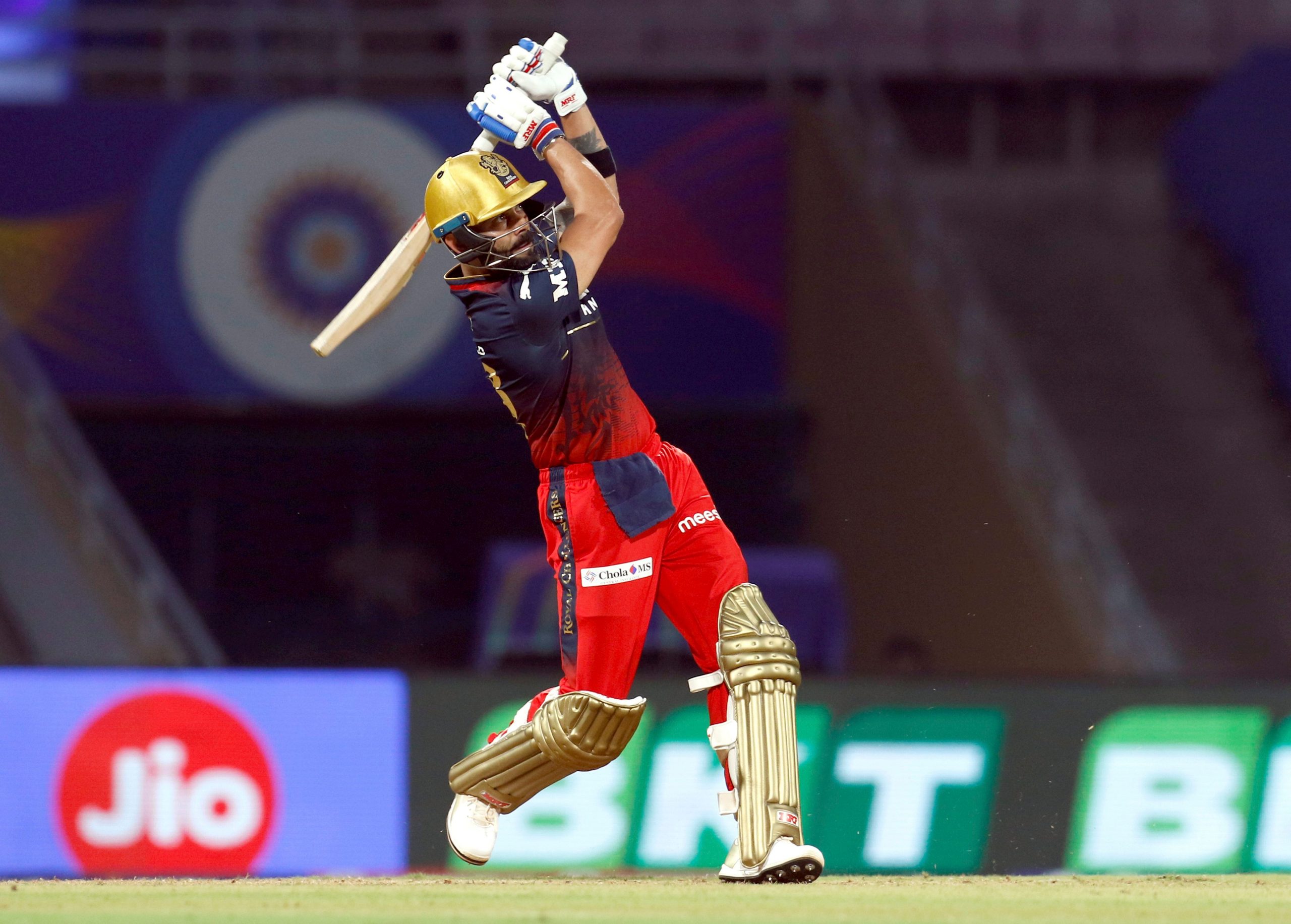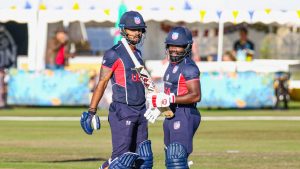Virat Kohli was given LBW against the Mumbai Indians when the former Royal Challengers Bangalore batsman was cruising on 48 runs. His dismissal sparked a debate and now the franchise and Iceland Cricket have taken a dig at the Board of Control for Cricket in India (BCCI).
Riding on opener Anuj Rawat’s half-century, RCB defeated Rohit Sharma and co by seven wickets at the MCA Stadium, Pune on Saturday.
Also read: IPL 2022: Kuldeep takes 4, Warner, Shaw score fifties as DC beat KKR
Kohli was looking at a big score. The former RCB skipper had hit five boundaries before Dewald Brevis’ length ball sliding to the middle hit him on the pad. He was given out. Kohli called for a DRS with a belief that the ball had hit the bat first.
However, the third umpire concluded that the ball had hit the bat and pad simultaneously. Citing not enough evidence to overturn, Kohli was given out.
Several fans and experts weighed in on the controversial dismissal.
“In the case of ball hitting the bat and pad at the same time…it’s considered bat first. As far as I know. Let’s check the laws…” former India cricketer Aakash Chopra tweeted.
“That was bat first. I would have given it ‘not out’,” former India opener Wasim Jaffer said, according to ESPNCricinfo.
Iceland cricket, however, took a dig on BCCI.
Also read: IPL 2022: Lucknow Super Giants win the toss, elect to bowl vs Rajasthan Royals
“It’s not easy for on field umpires to detect inside edges or whether ball hit bat or pad first. But every TV umpire should be able to make the right call with the benefit of slow-motion replays and technology like Ultra Edge. @BCCI, We have trained umpires ready to fly over,” the board tweeted.
Royal Challengers Bangalore too reacted to the incident.
“We were just reading through the MCC Laws of Cricket for LBW decisions, and here’s what we found. Unfortunate that Virat Kohli had to walk back disappointed after a brilliant knock,” the franchise said on Twitter.
MCC Laws of Cricket for LBW states, “In assessing point 36.1.3, if the ball makes contact with the striker’s person and bat simultaneously, this shall be considered as the ball having first touched the bat.”







